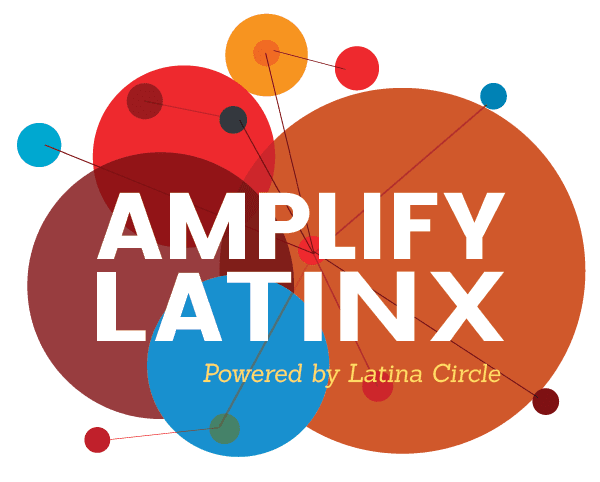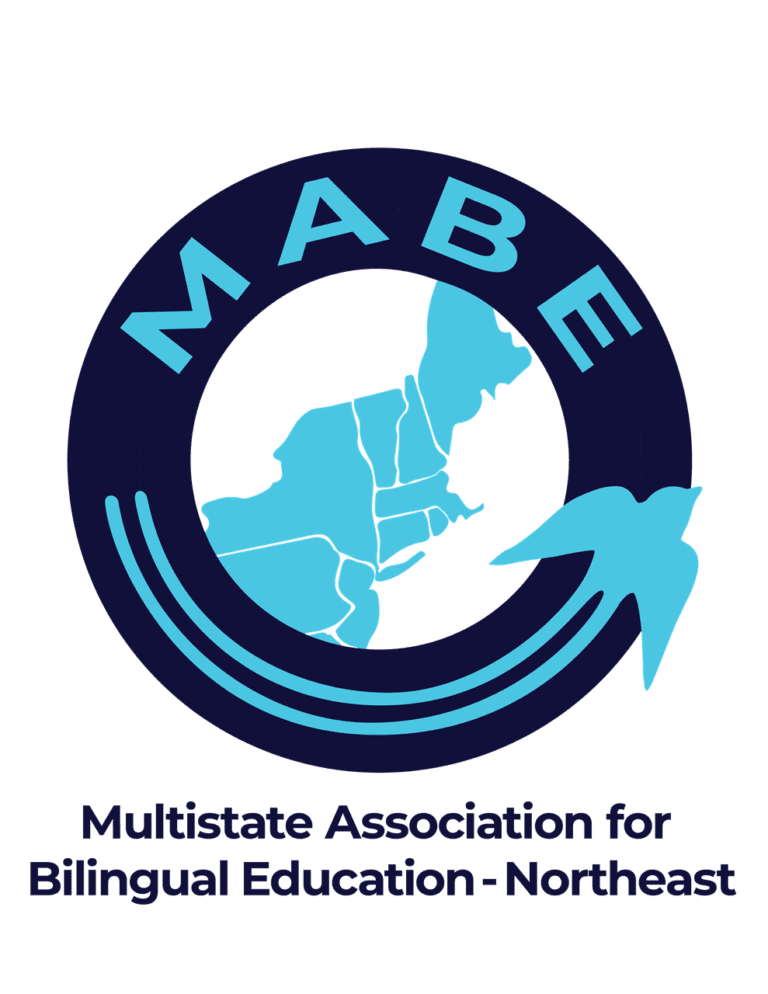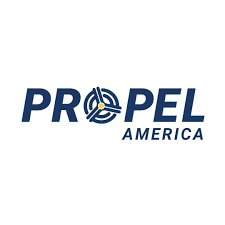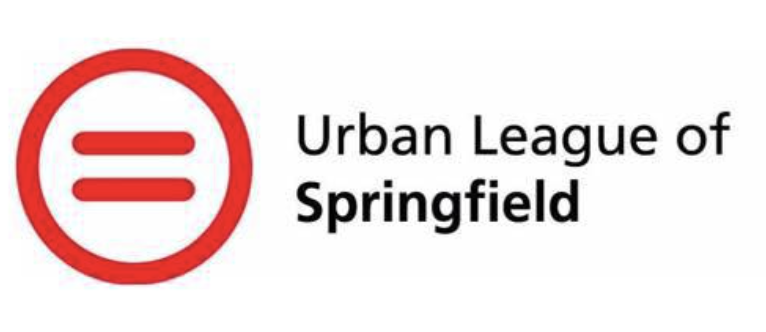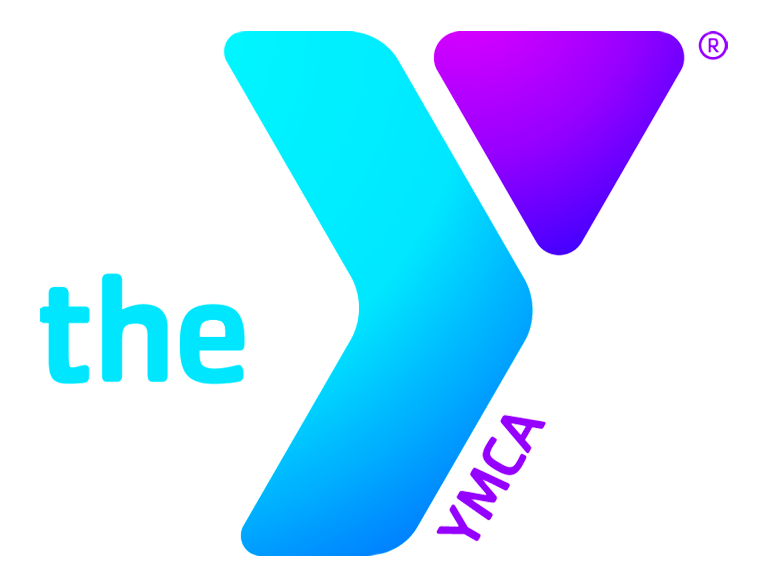Over the past 18 months, COVID-19 has wreaked havoc on students and families across Massachusetts, but especially in communities where the pandemic landed atop years of economic and educational disinvestment. Here, in cities like Chelsea, Brockton, or Springfield, infection and death rates were highest, introducing new levels of trauma in families already facing significant adversity. Here, economic insecurity pushed more young people into the workforce to support their families, putting their education on hold. Here, infection rates and building conditions made in-person learning more challenging, while the digital divide hampered students’ ability to learn remotely. Here, the murders of George Floyd, Breonna Taylor, Rayshard Brooks, Daunte Wright and too many others further eroded community trust in government institutions — including schools — that too often marginalize and criminalize our children and families of color rather than serving and protecting them.
It is with these crises in mind that the federal government passed the American Rescue Plan Act (ARPA) – a law that provides an unprecedented infusion of federal funds for education. Through ARPA, Massachusetts schools stand to receive more than $1.8 billion in new federal funding, with the largest amounts going to many of our highest need districts. Between these dollars, previously released federal funds, and state Student Opportunity Act resources, many Massachusetts districts and schools will have access to thousands of dollars more per student than in recent years.
This infusion of funding creates a once-in-a-generation opportunity for our state to not only mitigate the impacts of COVID-19, but to confront and address long-standing inequities that have for years undermined learning experiences and outcomes for students of color, students from economically disadvantaged families, English learners and students with disabilities in Massachusetts.
On this site, we offer examples of ways that districts and schools could use federal and state dollars to meet students’ immediate needs and to lay the groundwork for critical longer-term change. We applaud and deeply appreciate the extraordinary efforts of our educators and education leaders to meet the needs of students and families during these challenging times. We hope that these ideas will serve as conversation starters for education leaders as they engage families, educators and community advocates in deciding how to best use available resources.

Just how much money is on the table and what can education leaders do with it?
Between the March 2020 CARES Act, the December 2020 federal COVID relief bill, and the American Rescue Plan Act, Massachusetts schools and districts have received upwards of $3 billion in new federal funding in 2020-2021, roughly 90% of which went directly to school districts. This is approximately 11 times more than Massachusetts receives in federal Title I dollars (the biggest source of federal aid for high-need schools) in a typical year. For many of Massachusetts’ highest need communities, this new federal money amounts to $5,000 to $10,000 more per student than they see in a typical year (See Table 1 for grant amounts for all Gateway Cities and Boston or click here to find funding amounts for your district). In addition, many of the same districts will benefit from increased state funding under the Student Opportunity Act (SOA). In other words, there is a lot of money on the table.
Table 1: Federal Relief and Recovery Funding Allocated to Boston and Gateway City Districts Since March 2020 | ||||
| School District | ESSER I* | ESSER II* | ESSER III* | Total |
| Attleboro | $794,513 | $2,797,011 | $6,263,639 | $9,855,163 |
| Barnstable | $776,984 | $2,707,928 | $6,063,431 | $9,548,343 |
| Boston | $32,345,848 | $122,967,457 | $276,339,451 | $431,652,756 |
| Brockton | $4,374,975 | $15,158,834 | $34,046,089 | $53,579,898 |
| Chelsea | $2,593,816 | $9,234,748 | $20,732,065 | $32,560,629 |
| Chicopee | $2,449,340 | $9,946,117 | $22,330,824 | $34,726,281 |
| Everett | $1,562,791 | $5,996,292 | $13,453,831 | $21,012,914 |
| Fall River | $4,730,769 | $17,430,945 | $39,152,523 | $61,314,237 |
| Fitchburg | $2,033,853 | $7,424,837 | $16,664,400 | $26,123,090 |
| Haverhill | $1,891,756 | $7,648,488 | $17,167,041 | $26,707,285 |
| Holyoke | $4,251,035 | $16,533,318 | $37,135,160 | $57,919,513 |
| Lawrence | $6,399,893 | $24,085,662 | $54,108,599 | $84,594,154 |
| Leominster | $1,264,914 | $4,990,554 | $11,193,495 | $17,448,963 |
| Lowell | $4,707,937 | $17,882,494 | $40,167,351 | $62,757,782 |
| Lynn | $4,929,062 | $18,745,330 | $42,106,523 | $65,780,915 |
| Malden | $1,847,320 | $7,051,771 | $15,825,956 | $24,725,047 |
| Methuen | $1,323,339 | $5,168,895 | $11,594,304 | $18,086,538 |
| New Bedford | $5,693,032 | $21,137,185 | $47,482,075 | $74,312,292 |
| Peabody | $819,245 | $3,353,828 | $7,515,052 | $11,688,125 |
| Pittsfield | $1,506,215 | $5,862,021 | $13,152,064 | $20,520,300 |
| Quincy | $2,030,265 | $7,148,382 | $16,043,084 | $25,221,731 |
| Revere | $2,281,316 | $8,676,344 | $19,477,086 | $30,434,746 |
| Salem | $1,096,282 | $4,124,098 | $9,246,186 | $14,466,566 |
| Springfield | $17,860,165 | $69,561,714 | $156,313,280 | $243,735,159 |
| Taunton | $2,018,117 | $7,581,032 | $17,015,439 | $26,614,588 |
| Westfield | $1,206,385 | $4,808,471 | $10,784,275 | $16,799,131 |
| Worcester | $9,463,606 | $34,815,950 | $78,224,272 | $122,503,828 |
| *ESSER I: Elementary and Secondary School Emergency Relief Funds allocated under the CARES Act of March 2020. Source: Massachusetts Department of Elementary and Secondary Education . *ESSER II: Funds allocated under the Coronavirus Response and Relief Supplemental Appropriations (CRRSA) Act of December 2020. Source: Massachusetts Department of Elementary and Secondary Education . *ESSER III: Funds allocated under the American Rescue Plan Act of March 2021. Source: Massachusetts Department of Elementary and Secondary Education . | ||||
Education leaders have flexibility in how to use these federal relief and recovery resources. Federal law requires districts to use at least 20% of their American Rescue Plan Act dollars for evidence-based approaches to address the impacts of missed instructional time (also known as “learning loss,” or “unfinished learning”). Remaining funds can be used in a variety of ways to address students’ academic and social-emotional needs and support district operations.
Importantly, federal relief and recovery dollars are temporary: All funds must be used by no later than January 2025. This means that district and school leaders will need to plan for how to pay for any ongoing programs or positions after that federal money runs out. To maximize the benefits of these resources for students and minimize the prospect of creating a funding cliff, education leaders should plan how they will use federal resources and forthcoming state SOA funds together.
What Happens Next?
“Federal guidelines require that district leaders engage students, families, teachers, and other school and community stakeholders in developing these plans.”
By October 4, 2021, district leaders must submit plans to the Massachusetts Department of Elementary and Secondary Education (DESE) describing how they will use federal relief and recovery resources (particularly ARPA dollars) to support students, families, and educators. Federal guidelines require that district leaders engage students, families, teachers, and other school and community stakeholders in developing these plans. Stakeholder groups that district leaders need to consult include civil rights organizations and advocates for children with disabilities, English learners, children experiencing homelessness, children in foster care, and children who are incarcerated. Districts must also make their plans available for public comment and must document the input they receive.
In coming months, district leaders will also need to submit amendments to their Student Opportunity Act plans, many of which were written before the pandemic. According to DESE, these amendments will need to describe how districts will use both their SOA and federal dollars to address educational disparities. This amendment process will offer another opportunity for stakeholder engagement and pandemic recovery planning.
What You Will Find on This Site
The purpose of this site is twofold:
- To help district and school leaders plan for a strong pandemic recovery that centers equity and leverages federal relief and recovery funding to maximize benefits for students; and
- To support advocates — including students, families, educators, and community-based organizations — in helping to shape these recovery plans in their communities.
To that end, the site includes seven sections, each of which presents recommendations for education leaders, as well as questions that advocates can pose to school and district administrators and school committee members.

The first section, Starting Right: Data and Stakeholder Engagement , outlines recommendations for where education leaders might begin their planning process so as to ensure a focus on equity and inclusion. Subsequent sections, linked below, highlight examples of how education leaders can leverage new federal and state resources to mitigate the impacts of the COVID-19 pandemic on educational outcomes, and to begin to address long-standing racial and economic disparities within our education system.
These recommendations fall into six categories, all of which are critical to the long-term well-being and academic success of our young people:
- Building Affirming Learning Environments
- Helping Students Thrive Academically
- Increasing Educator Diversity
- Engaging Families and Communities
- Strengthening Postsecondary Pathways
